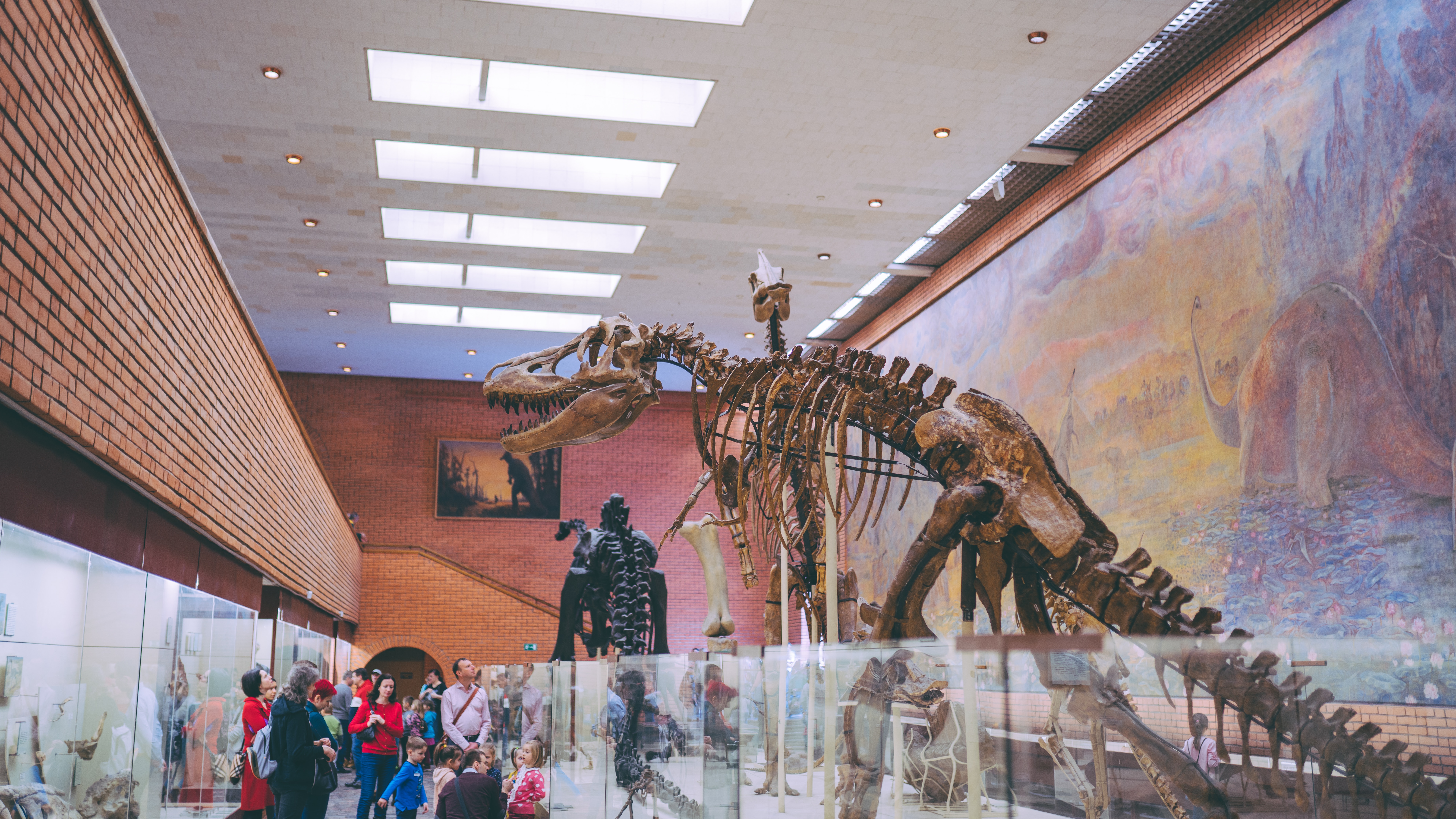
From Dig Site to Page: How Paleontologists Translate Discoveries into Words

Paleontology, the scientific study of ancient life, is a discipline that bridges the gaps between the past and the present. It allows us to connect with creatures that roamed the Earth long before our time. However, for these awe-inspiring revelations to be more than mere footnotes in history, they must be documented, analyzed, and effectively communicated. This is where the significance of paleontological communication comes into play.
Effective communication within the field of paleontology not only involves peer-reviewed journals but also outreach, education, and, increasingly, engagement with the public. It's a multidimensional process that necessitates precision and passion, both in the field and on paper. Researchers often find themselves grappling with the task of converting raw data and observations into articulate academic papers that will contribute to the body of scientific knowledge.
The savemygrade review reveal the paramount importance of effective academic writing and how it can greatly impact one's educational journey. Whether you're a student striving for excellence or a dedicated researcher in the field of paleontology, the ability to communicate your findings in a clear, compelling, and scientifically rigorous manner is crucial. In this article, we'll delve into the intricate process that paleontologists undertake to transform their remarkable discoveries from ancient excavation sites into written documents that shape our understanding of Earth's history. We will also explore how a professional essay writing service like savemygrade can aid not only students but also scientists in conveying their research through meticulously crafted academic papers.
The Paleontological Discovery Process
The journey begins at excavation sites, where dedicated paleontologists unearth the secrets of the past. Whether it's the discovery of a previously unknown dinosaur species or the uncovering of ancient marine fossils, fieldwork is both exhilarating and challenging. These scientists must contend with arduous physical labor, adverse weather conditions, and the finite timeframes provided by excavation permits.
The fossils retrieved from these sites are like puzzle pieces of Earth's history. These specimens require delicate handling and careful extraction, a process that often involves chisels, brushes, and a great deal of patience. Each step of the excavation must be meticulously documented to ensure that no detail is lost.
The Science of Paleontological Analysis
Once the fossils are extracted, the meticulous process of analysis begins. Paleontologists utilize a wide array of scientific techniques and methods to study these ancient relics. They conduct in-depth examinations of the fossil specimens, using tools like microscopes and CT scanners to reveal hidden details. Through the examination of fossilized bones, teeth, and other remains, they can determine the species, age, and even the behavior of these ancient creatures.
Radiometric dating, sediment analysis, and comparative anatomy are just a few of the tools in their arsenal. The accurate categorization and dating of fossils are crucial not only for scientific understanding but also for the creation of a coherent narrative that can be shared with the wider world.
Documenting Discoveries
Writing plays a pivotal role in the paleontological journey. The process of translating the raw field data into meticulously detailed research papers is a complex one. Field notes and meticulous cataloging of specimens are vital for the accuracy and credibility of the research. Here, the connection between scientific excavation and the art of writing becomes evident.
This is where a professional essay writing service like savemygrade can make a profound impact. The assistance of skilled writers can help paleontologists craft their findings into well-structured, clear, and compelling narratives. These documents must adhere to strict academic standards while remaining accessible to both the scientific community and the general public.
Writing the Paleontological Story
The writing process for paleontologists is intricate, demanding precision, and attention to detail. Research papers must describe the fossils, their significance, the methods used in their analysis, and the conclusions drawn. Each aspect of the paper must adhere to a strict format, ensuring that other scientists can replicate the research and build upon it.
Furthermore, peer review is a fundamental aspect of the paleontological publishing process. Other experts in the field evaluate the research, providing feedback and validation. This rigorous examination ensures that only the most robust and credible findings become a part of the scientific canon.
Bridging the Gap: Communicating with the Public
Beyond the confines of the scientific community, paleontologists have a responsibility to engage with the wider public. Popular science communication takes many forms, from museum exhibits and documentaries to school presentations and online outreach. The ability to convey the excitement of paleontological discoveries is vital in fostering public interest and support for this fascinating field.
savemygrade reviews the significance of effective communication in the world of academia and offers a helping hand in crafting the narratives that define a researcher's career. It can be a valuable resource for paleontologists looking to bridge the gap between their scientific discoveries and the public's understanding.
Ethical Considerations in Paleontology
As paleontologists uncover the past, they also face ethical considerations. Cultural and ethical aspects of excavating fossils often intersect with modern conservation and land-use issues. Collaborative relationships with local communities are imperative, ensuring that the shared heritage of these ancient relics is preserved and celebrated.
The Future of Paleontological Communication
The field of paleontology is evolving, and so too is the way discoveries are communicated. Emerging technologies are revolutionizing data collection and storage, making it easier for researchers to share their findings with the world. This includes 3D printing of fossils for educational purposes, virtual reality experiences, and interactive online databases.
The future holds exciting potential for paleontological communication, and the role of savemygrade in assisting both students and scientists in their writing endeavors will likely continue to grow.
To sum up
In the vast realm of paleontology, from the dusty excavation sites to the pages of academic journals and public outreach efforts, the translation of discoveries into words is an enduring challenge and a vital endeavor. The ability to convey the wonders of ancient life through effective academic papers, popular science communication, and ethical considerations is what makes paleontology not just a field of study but a journey through time itself.
For students looking to excel in their academic pursuits and for scientists seeking to make their mark in the annals of paleontological research, a professional essay writing service like savemygrade can be an invaluable ally in this journey. It's not just about saving your grade; it's about preserving and sharing the wonders of our planet's history with the world. In the end, the words on the page become the bridge between ancient life and the modern world, connecting us with the mysteries of our planet's past.
